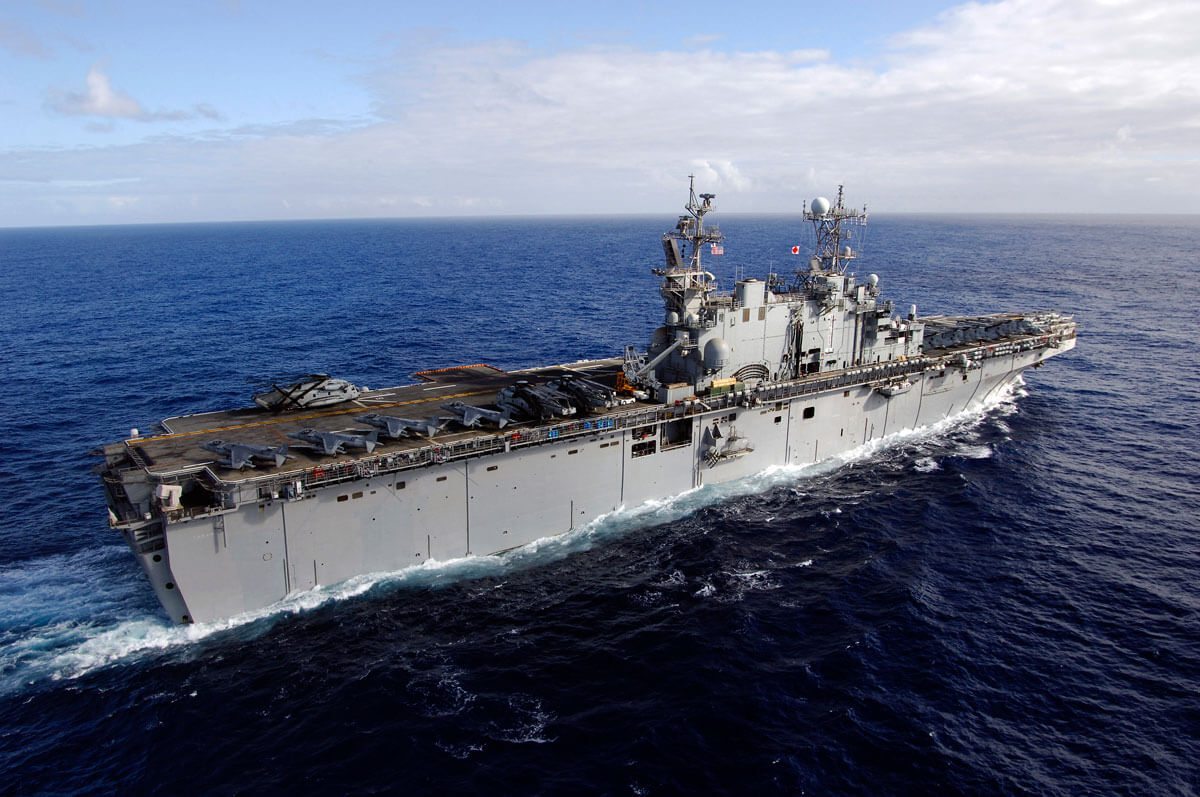USS Tarawa Asbestos Exposure

Hull Number: CV-40
Type: Aircraft Carrier
Class: Essex
Built: Portsmouth, VA
One of 24 Essex-class Aircraft Carriers constructed in the 1940’s, the USS Tarawa was commissioned by the U.S. Navy just after the end of World War II, in December of 1945. Named after 1943’s Battle of Tarawa, the ship was completed too late to fight in the Second World War, but played a role in the Korean War.
It measured 888 feet in length, held a complement of 3,448 officers and men, and carried between 90 and 100 aircraft. Unlike most of the Essex class, it received no major modernization as time went on, and was decommissioned in May 1960.
Many of those who served aboard the USS Tarawa were likely exposed to asbestos over the course of their normal duty. Asbestos was a common material on Navy ships built between the 1930s and mid-1970s, and was used in equipment including boilers, turbines, pumps, valves, and electrical components.
Materials such as gaskets and packing were also made from asbestos. Sailors who worked in the boiler and engine spaces were especially prone to asbestos exposure, as these areas had the highest concentration of asbestos.
Many of the companies who provided the Navy with these asbestos products were aware of the devastating effects asbestos has on the human body, but did nothing to warn those serving on the USS Tarawa or other ships from the era. As a result, many veterans developed mesothelioma; a disease only known to be caused by asbestos.
People victimized by asbestos companies have a right to pursue compensation. Settlements can help reduce medical bills or cover them entirely, and may provide additional sums for pain and suffering. However, there are statutes of limitation on the time in which a lawsuit may be filed, so it is important to seek legal counsel soon after receiving a diagnosis.
